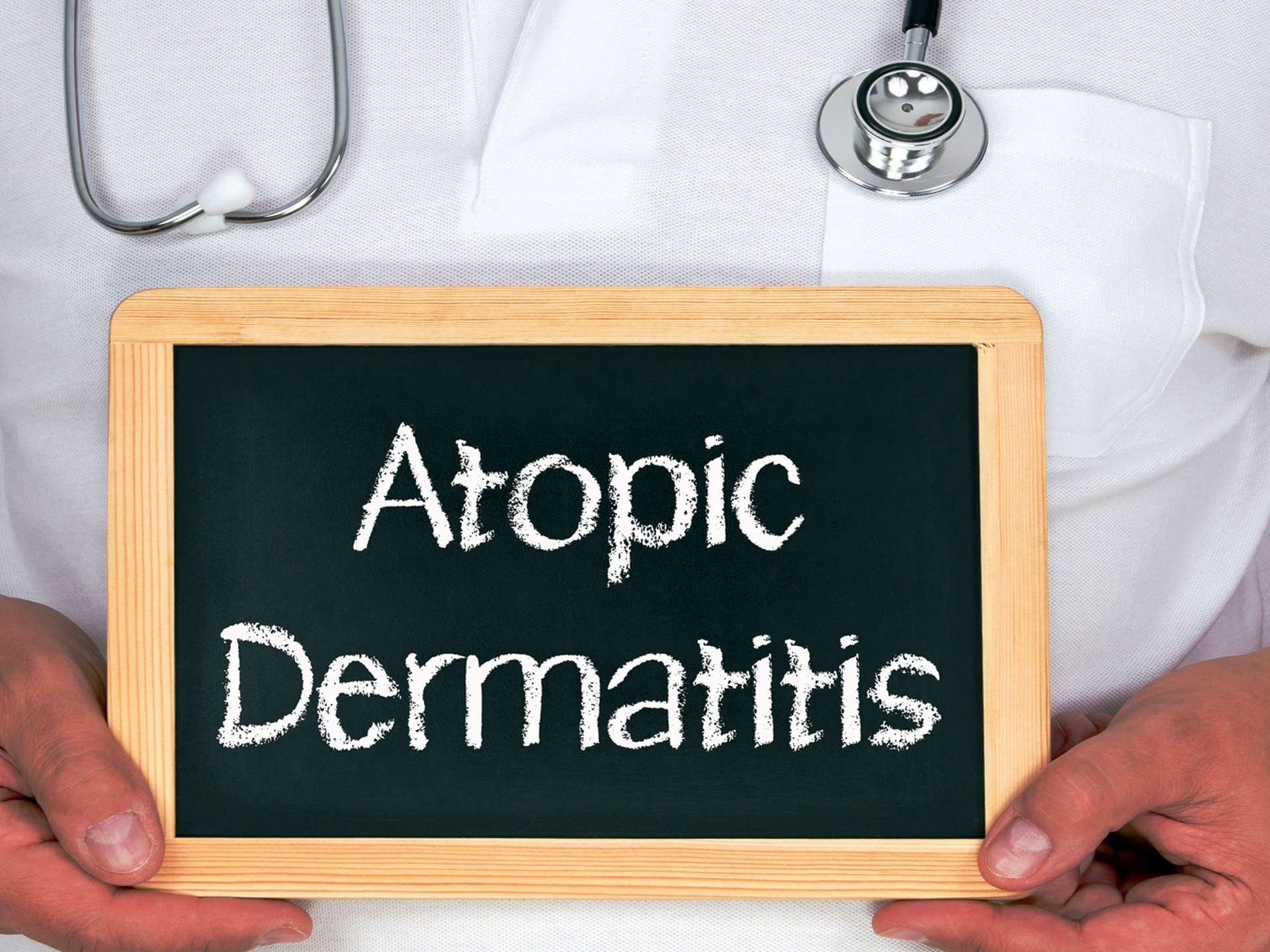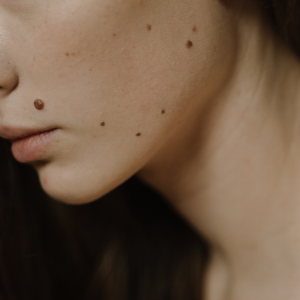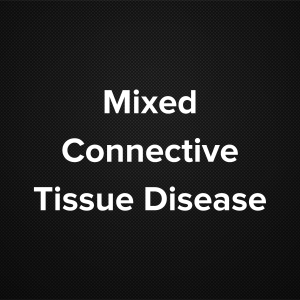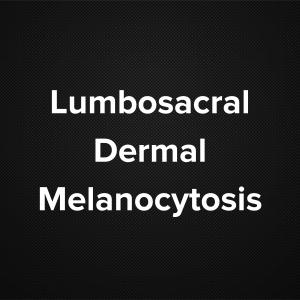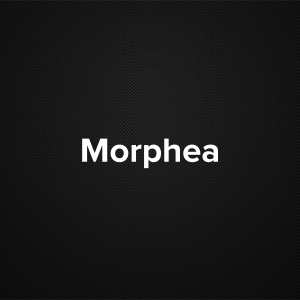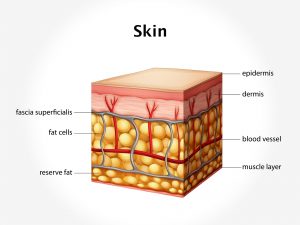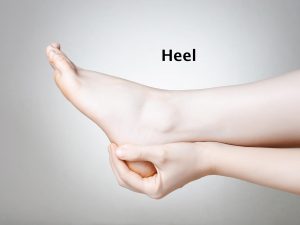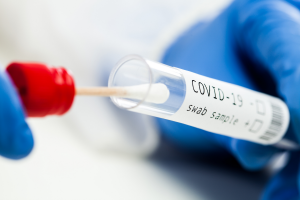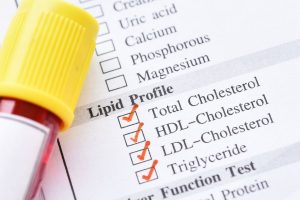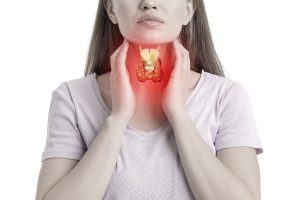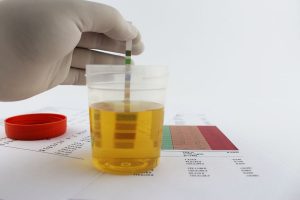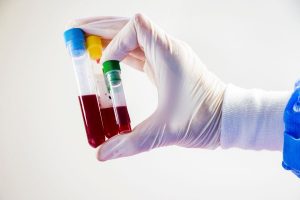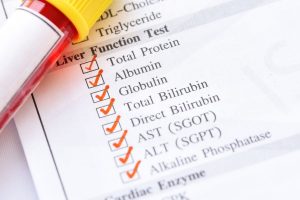Causative & risk factors
The exact cause of atopic dermatitis is not known. It may be immune-mediated. Certain factors have been identified that worsen the symptoms of atopic dermatitis. They include extreme weather changes, stress, use of harsh soaps, intake of certain food stuffs and underlying skin infections.
Clinical presentation
The initial symptom of atopic dermatitis is dryness of the skin which produces itching. Itching causes a strong desire to scratch. Infants may try to rub themselves onto their bedding or carpets in an attempt to scratch. Scratching in turn leads to redness, irritation and inflammation of the skin.
Later rashes may start appearing in various body parts such as the face, neck, the elbows, knees, ankles, wrists etc. Small crusty lesions may appear on the skin. After recurring episodes, the skin in the affected areas becomes thickened and scaly. Such children are more prone to developing skin infections.
Investigations
The patient’s history and physical examination of the skin are adequate to make a diagnosis of atopic dermatitis.
Treatment
Basically there is no cure for atopic dermatitis. Treatment is aimed at relieving the symptoms and preventing exacerbations. For mild cases, moisturizing agents are given to combat the skin dryness. Topical creams containing corticosteroids or calcineurin inhibitors are prescribed. Oral medications include the use of corticosteroids, antihistamines and antibiotics, as and when necessary. Some patients may be advised to undergo phototherapy in which the patient’s skin is exposed to sunlight for a specified period.
Approximately half the infants diagnosed with atopic dermatitis outgrow it in a few years. The other half will continue to suffer from atopic dermatitis in adulthood too. However the symptoms tend to get milder with an increase in the age.
